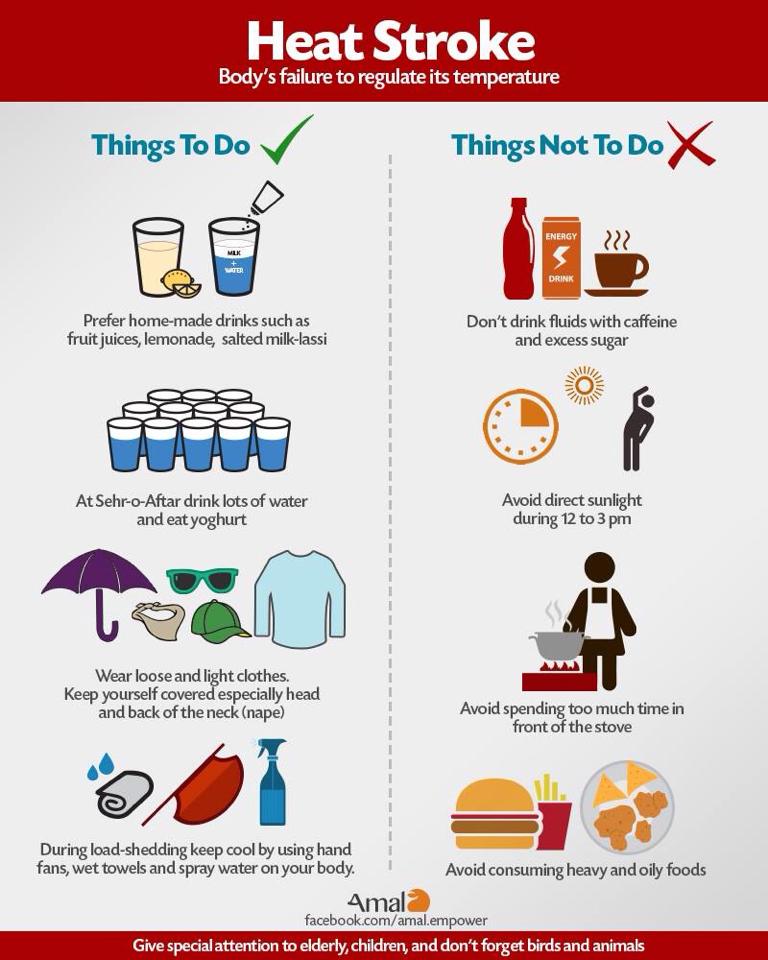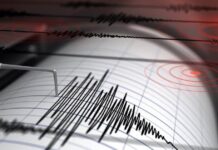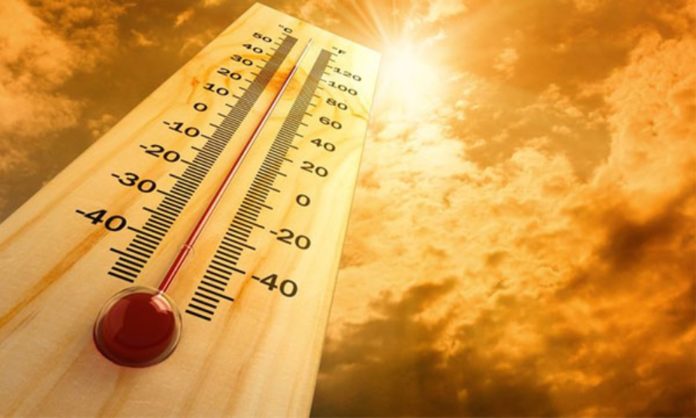With the recent heatwave entering Karachi, along with the shortage of water supply and the increase in electricity load shedding, Karachiites are witnessing the hottest summers ever.
Anybody can suffer from a heat stroke, but the people most prone to it in this weather are kids, senior citizens, pregnant women, and people with existing medical conditions.
A person suffering from a heat stroke should be rushed to the hospital immediately. To diagnose, here are some of the identifiers displayed by someone suffering from a heat stroke.
Symptoms of a Heatstroke
- Very High Blood pressure
- Red, hot and dry skin (Without sweat)
- A dry and swollen tongue
- Rapid pulse
- A throbbing headache
- Dizziness, confusion, and nausea
- Eventual unconsciousness
With Army Camps being set up at different locations to help the citizens of Karachi, here is a list of things you can do to protect yourself and others from a heat stroke.

Ways to Prevent Heatstroke
- Make sure you dress yourself and your kids in “minimal, loose-fitting and lightweight clothing.”
- Drink plenty of fluids
- Take regular showers more than once a day
- Keep the environment as cool as possible – keep curtains were drawn and minimal light
- Be extra careful while administering any medicines since they may have certain harmful side effects (including causing dehydration)
- Never stay in a parked car or any confined space without proper ventilation
- Replace fatty foods with low-fat alternatives
- Keep out of the sun
- Avoid using any heat radiating devices such as hair straighteners and hair dryers
- Limit your physical exhaustion by limiting physical activity
- Try to stay away from kitchens and laundry rooms
However, if someone is already suffering from a heat stroke, make sure you follow the following steps while waiting for an ambulance:

Emergency Steps for Heatstroke Patients
- Wet their skin with water or wrap it in wet cloth after removing as much clothing from their body as possible or give them an ice bath
- Fan continuously
- Do not give the person fluids to drink
- Position an unconscious person on their side and clear their airway
- Apply ice packs to the patient’s armpits, groin, neck, and back (These areas are rich with blood vessels and close to the skin so cooling them may reduce body temperature)
- Monitor their body temperature and continue cooling efforts until the body temperature drops below 38C.
(Note: poorly ventilated or confined areas, or engaging in vigorous physical activity in hot weather increases the risk of dehydration and heat strokes)
Ensure that you follow all the guidelines mentioned above and tell others about it as well to protect yourself from the heat this summer.











































